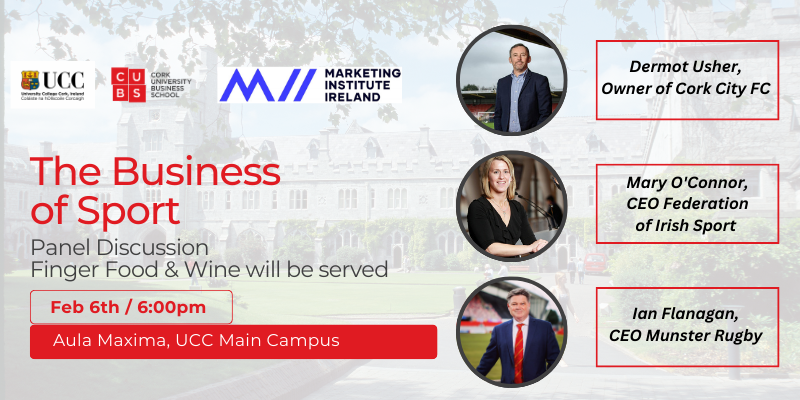Something which has always puzzled me about GAA is the interest (or lack thereof) which certain counties have for particular sports. I grew up just outside of Cork City and while a certain number of people (Nemo GAA fans) will tell you otherwise, hurling seemed to be the code which inspired the most interest among people. This could be attributable to the success of the Cork hurlers when I was a child, but the pattern seems to be similar for all other Munster counties – with the notable exception of Kerry.
As a general rule of thumb, hurling seems more popular in Munster than football. Even counties which have a big interest in hurling outside Munster (Kilkenny, Galway, and Wexford) border Munster counties. The rest of the country however, seem happier to play with the big rather than the small ball.
Many have tried to examine why this is the case before and some have come up with nice enough suggestions.
A lovely paper by Kevin Whelan looks to explain the prevalence of hurling in the south through arguments related to land and culture. While I don’t doubt that these could be contributing factors, I think there could be another element to the equation. Recently, I came across an interesting paper in European Sports Management Quarterly which looked to explain sporting success through an economic geography concept called relatedness. I can’t help but wonder whether this has something to offer the conversation.
For those not yet indoctrinated into the exciting World of economic geography, relatedness is a concept used to explain economic activity through similarities between different types of activities. Essentially, the idea is that success in one industry may be positively influenced by success in another related industry.
For example, regions which have a series of successful restaurants may also have a similar aptitude for successful cafés due to similarities between the two. Obviously restaurants are not cafés in the same way they are also not car factories, but restaurants are certainly more related to cafés than they are to car factories. The relatedness coming from the fact that a restaurant is a food shop which might serve coffee and cafés are coffee shops which might serve food. As a result, the resources used by one may be easily transferable to the other. Knuepling and Broekel use a similar train of thought to explain success in Olympic sports in their paper.
Here’s the idea. For country C to be successful at gymnastics, they will need to have certain resources which facilitate success in gymnastics e.g., talented gymnasts and expert coaches. These resources could also possibly function as inputs for success in other related sports like Olympic diving or trampolining, but would be less relevant for success in unrelated sports like boxing or football. As a result, country C’s propensity for success in gymnastics may be influenced by the level of relatedness gymnastics shares with the sports country C is already successful at.
A good example of this from real life is that quite a few Irish rugby players were also good Gaelic footballers. Some examples include Tommy Bowe, Robbie Henshaw, and Gavin Duffy. Obviously rugby and Gaelic football are not the same sport, but the skills required for one could also be useful in the other e.g., handling, kicking, jumping, pass-orientated decision making, and general physicality.
In the case of hurling, the sport may share greater levels of relatedness with hockey and cricket given that they are all stick-based field sports. It is fitting then that Kilkenny is Ireland’s most successful hurling county and was also the country’s previous capital of cricket. This is highlighted in Michael O’Dwyer’s book, The history of cricket in County Kilkenny - the forgotten game.
I can’t help but wonder whether Kilkenny’s success in hurling may have been influenced by the sports relatedness with cricket. The popularity of cricket in Kilkenny would have presumably meant that Kilkenny had certain cricket-orientated resources like players and equipment which could have been more easily transferable to hurling than they were to football.
While I haven’t yet found sufficient data to allow me to test whether this is the case or not for Kilkenny and other hurling counties, I am now actively on the lookout for it and implore anyone with an idea of where this could be found to contact me.



 RSS Feed
RSS Feed